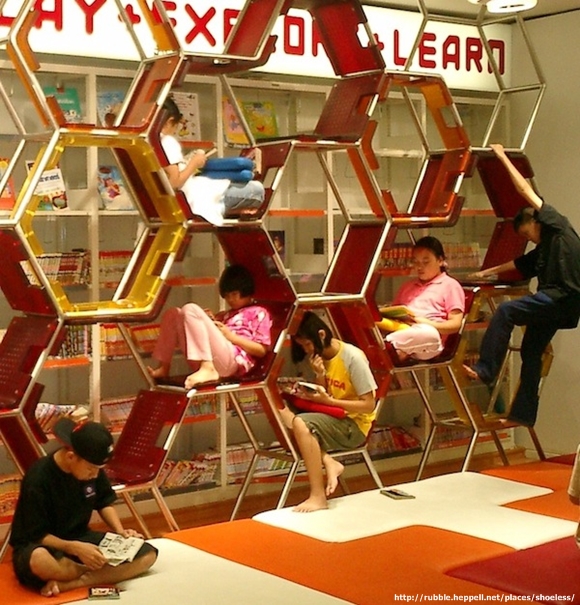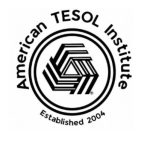Learning stations, also known as centers or workshops, offer a dynamic and engaging approach to teaching English as a Second Language (ESL). This versatile instructional strategy involves setting up different areas within the classroom, each dedicated to a specific learning activity or task. By incorporating learning stations into your TESOL curriculum, you can cater to diverse learning styles, improve classroom management, and boost student achievement.
Why Learning Stations?
- Support for Diverse Learners: Learning stations cater to various learning styles, whether visual, auditory, kinesthetic, or tactile. By offering a variety of activities, you can ensure that every student has the opportunity to learn in a way that suits their individual needs.
- Improved Classroom Management: Learning stations provide structure and organization, reducing downtime and minimizing disruptive behavior. Students are actively engaged in purposeful activities, leading to a more productive and focused learning environment.
- Increased Student Engagement: The interactive and hands-on nature of learning stations keeps students motivated and engaged. They offer opportunities for collaboration, peer learning, and independent exploration, fostering a love for learning.
- Enhanced Learning Outcomes: Research has shown that learning stations are linked to improved academic achievement. By providing differentiated instruction and opportunities for active learning, they help students deepen their understanding and develop essential skills.
Examples of Learning Stations in the TESOL Classroom:
- Reading Station: Provide a selection of books, magazines, and online resources for students to practice reading comprehension and vocabulary development.
- Writing Station: Set up a space with writing prompts, graphic organizers, and creative writing tools to encourage students to practice their writing skills.
- Listening Station: Offer audio recordings, podcasts, and videos for students to develop their listening comprehension and pronunciation.
- Speaking Station: Create a designated area for students to practice speaking English through role-playing activities, conversation prompts, and interactive games.
- Technology Station: Equip a station with computers, tablets, or interactive whiteboards for students to engage in online learning activities, language learning apps, and multimedia projects.
- Grammar Station: Provide interactive games, puzzles, and activities that focus on specific grammar concepts and allow students to practice in a hands-on way.
- Vocabulary Station: Offer word games, flashcards, and visual aids to help students expand their vocabulary and improve their word recognition skills.
- Culture Station: Create a space where students can explore different cultures through books, artifacts, music, and interactive displays.
Tips for Implementing Learning Stations:
- Clear Objectives: Define specific learning objectives for each station to ensure purposeful activities.
- Variety of Activities: Offer a range of activities at each station to cater to different learning styles and preferences.
- Clear Instructions: Provide clear and concise instructions for each activity to minimize confusion and maximize learning time.
- Time Management: Establish a clear rotation schedule and time limits for each station to ensure that students experience all activities.
- Assessment and Feedback: Monitor student progress at each station and provide feedback to guide their learning.
By incorporating learning stations into your TESOL classroom, you can create a dynamic and engaging learning environment that fosters student growth, improves classroom management, and supports a variety of learning styles. Embrace this versatile teaching strategy and unlock the potential of your students!



